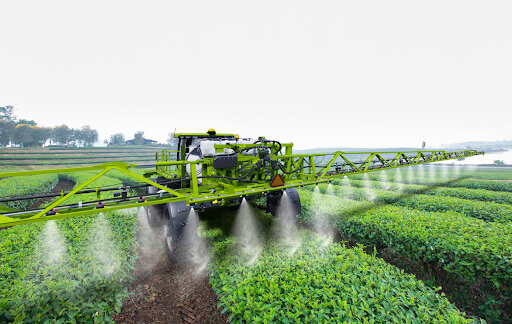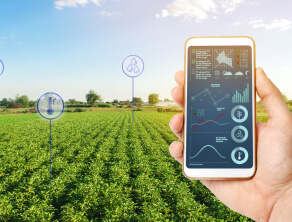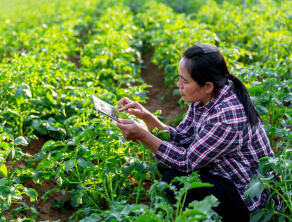Regenerative Agriculture: Cultivating a Sustainable Future.

Introduction:
In an era where sustainable practices are gaining momentum, regenerative agriculture has emerged as a powerful solution to restore and enhance the health of our ecosystems. By harnessing the natural processes of the earth, regenerative agriculture aims to create resilient and productive farming systems. In this article, we will explore the principles and benefits of regenerative agriculture, highlighting its positive impact on soil health, biodiversity, and the environment.
- Understanding Regenerative Agriculture:
Regenerative agriculture is a holistic approach that goes beyond sustainable farming practices. It focuses on regenerating soil health, restoring biodiversity, and increasing the overall resilience of agricultural ecosystems. This approach emphasizes working in harmony with nature rather than depleting resources. By adopting regenerative farming techniques, farmers aim to enhance the capacity of the land to sequester carbon, retain water, and support healthy plant growth.
- Principles of Regenerative Agriculture:
a. Soil Health: Regenerative agriculture prioritizes soil health as the foundation of a thriving ecosystem. It involves practices such as cover cropping, crop rotation, and minimal tillage, which improve soil structure, increase organic matter content, and promote beneficial microbial activity. These practices enhance soil fertility, water infiltration, and nutrient availability, leading to healthier crops and reduced reliance on synthetic inputs.
b. Biodiversity: Encouraging biodiversity is another crucial aspect of regenerative agriculture. By promoting diverse plant species, farmers create habitats for beneficial insects, birds, and microorganisms. This enhances natural pest control, pollination, and nutrient cycling within the ecosystem. Additionally, integrating livestock into farming systems through rotational grazing helps improve soil health, nutrient cycling, and overall biodiversity.
c. Water Management: Efficient water management is integral to regenerative agriculture. Techniques such as contour plowing, water retention ponds, and agroforestry systems are employed to capture and retain water on farms. By optimizing water usage, farmers can mitigate the impact of drought and prevent water runoff, which contributes to soil erosion and pollution.

d. Carbon Sequestration: Regenerative agriculture plays a significant role in combating climate change by sequestering carbon dioxide from the atmosphere and storing it in the soil. Practices like agroforestry, cover cropping, and rotational grazing increase organic matter content, which leads to carbon sequestration. This not only helps mitigate greenhouse gas emissions but also improves soil structure and fertility.
- Benefits of Regenerative Agriculture:
a. Soil Regeneration: Regenerative agriculture practices rejuvenate degraded soils, enhancing their fertility and ability to hold water. Healthy soils improve crop yields, reduce erosion, and require fewer chemical inputs, thereby increasing farm profitability.
b. Biodiversity Conservation: By promoting diverse ecosystems, regenerative agriculture protects and supports native flora and fauna, contributing to the conservation of biodiversity. This helps maintain ecological balance and resilience within farming systems.
c. Climate Change Mitigation: The carbon sequestration potential of regenerative agriculture aids in mitigating climate change by reducing atmospheric carbon dioxide levels. This approach contributes to a more sustainable and resilient environment.
d. Economic Viability: Regenerative agriculture offers long-term economic benefits to farmers. Reduced input costs, increased crop productivity, and improved soil health improve farm profitability and resilience against market fluctuations.
Conclusion:
Regenerative agriculture presents a transformative Generative AI approach to farming that aligns with sustainability goals and nurtures the health of our planet. By prioritizing soil health, biodiversity, water management, and carbon sequestration, regenerative farming practices hold the potential to revolutionize the agricultural sector. Embracing regenerative agriculture ensures the long-term viability of farms and helps build a more sustainable and resilient future for generations to come.
![Blog-[x]cube LABS](https://d6fiz9tmzg8gn.cloudfront.net/wp-content/uploads/2016/06/blog_banner.jpg)






